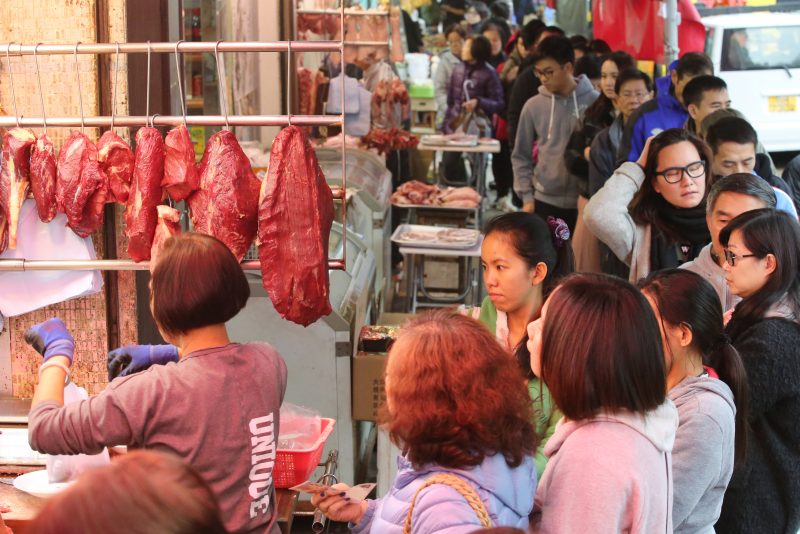
The outbreaks of both the Wuhan coronavirus and SARS likely started in Chinese wet markets. Photos show what the markets look like.
by Aylin Woodward- A coronavirus that originated in Wuhan, China, has killed at least 213 people and infected more than 9,800.
- The Huanan Wholesale Seafood Market in Wuhan might have been the starting point of the outbreak. It was shuttered on January 1.
- At wet markets, meat is sold alongside live animals like dogs, hares, and civets.
- On January 22, Wuhan authorities banned the trade of live animals at wet markets.
- Here’s what the markets look like.
- Visit Business Insider’s homepage for more stories.
The coronavirus spreading in China and the SARS outbreak of 2003 have two things in common: Both are from the coronavirus family, and both likely started in wet markets.
At such markets, outdoor stalls are squeezed together to form narrow lanes, where locals and visitors shop for cuts of meat and ripe produce. A stall selling hundreds of caged chickens may abut a butcher counter, where uncooked meat is chopped as nearby dogs watch hungrily. Vendors hock skinned hares, while seafood stalls display glistening fish and shrimp.
Wet markets put people and live and dead animals – dogs, chickens, pigs, snakes, civets, and more – in constant close contact. That makes it easy for a virus to jump from animal to human.
On January 22, authorities in Wuhan, China – where the current outbreak started – banned the trade of live animals at wet markets. The specific market where the outbreak might have begun, the Huanan Wholesale Seafood Market, was shuttered on January 1. The coronavirus that emerged there has so far killed at least 213 people and infected more than 9,800.
“Poorly regulated, live-animal markets mixed with illegal wildlife trade offer a unique opportunity for viruses to spillover from wildlife hosts into the human population,” the Wildlife Conservation Society said in a statement.
Coronaviruses are zoonotic diseases, meaning they spread to people from animals. In the case of SARS, and likely this Wuhan coronavirus outbreak as well, bats were the original hosts. The bats then infected other animals, which transmitted the virus to humans.
Here’s what Chinese wet markets look like.
The Huanan Wholesale Seafood Market in Wuhan closed on January 1 after it was found to be the most likely starting point for the outbreak of this coronavirus, called 2019-nCov.

A 61-year-old man was the first person to die from the virus. According to Bloomberg, he was a regular shopper at the Huanan wet market, which sold more than seafood.
Reports indicated that before the Huanan market closed, vendors there sold processed meats and live animals, including chickens, donkeys, sheep, pigs, foxes, badgers, bamboo rats, hedgehogs, and snakes.
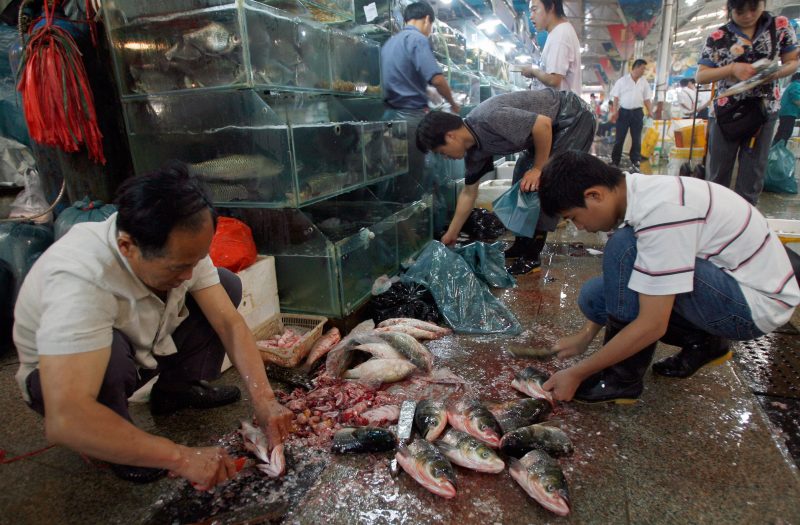
Wet markets like Huanan are common around China. They’re called wet markets because vendors often slaughter animals in front of customers.
“That means there’s a lot of skinning of dead animals in front of shoppers and, as a result, aerosolizing of all sorts of things,” Emily Langdon, an infectious disease specialist at University of Chicago Medicine, wrote in an article.
A report published on Friday challenges the idea that virus emerged in the Huanan wet market, however.
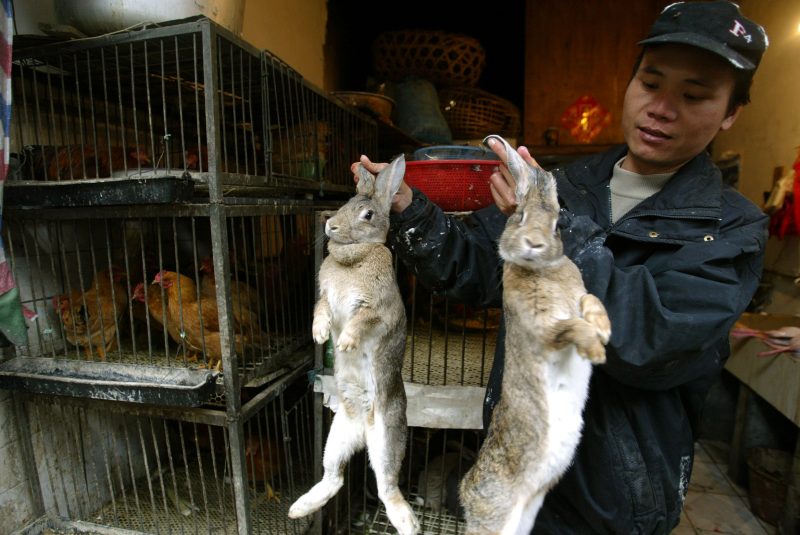
Chinese scientists found that the first reported case of the Wuhan coronavirus from December had no link to the wet market, according to Science, which cited a report published in the medical journal, The Lancet.
What’s more, 13 of 41 coronavirus cases had no link to the Huanan marketplace, the researchers said. More research is needed to pinpoint the outbreak’s starting point with certainty.
On January 22, Wuhan authorities banned the trade of live animals at wet markets.
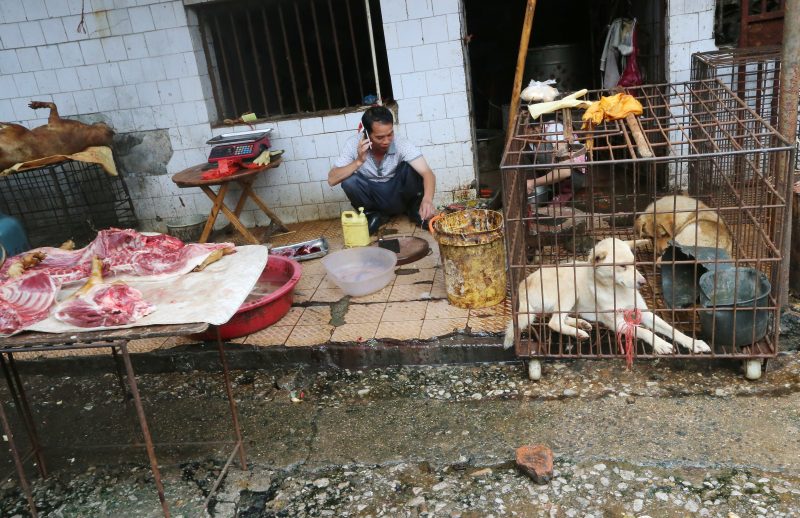
Police in Wuhan began conducting checks to enforce the rule among the city’s 11 million residents, the BBC reported, citing state media reports.
This type of intervention could help stop the spread of zoonotic viruses, experts say.
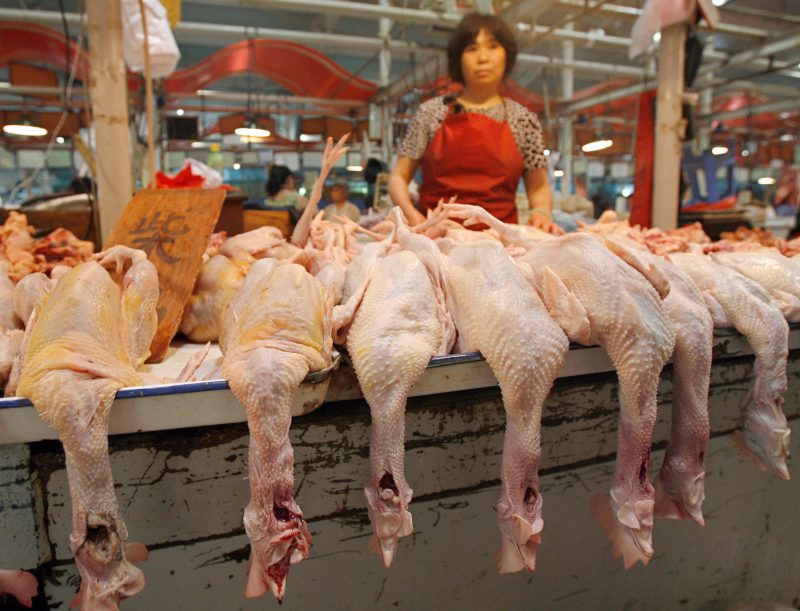
“Governments must recognize the global public health threats of zoonotic diseases,” Christian Walzer, executive director of the Wildlife Conservation Society’s health program, said in a statement. “It is time to close live animal markets that trade in wildlife, strengthen efforts to combat trafficking of wild animals, and work to change dangerous wildlife consumption behaviours, especially in cities.”
The close proximity of shoppers to stall vendors and live and dead animals in wet markets make them prime breeding grounds for zoonotic diseases.

Between 2002 and 2003, SARS killed 774 people across 29 countries. It originated in wet markets in the province of Guangdong.
In the case of SARS, humans caught the virus from weasel-like mammals called masked palm civets.
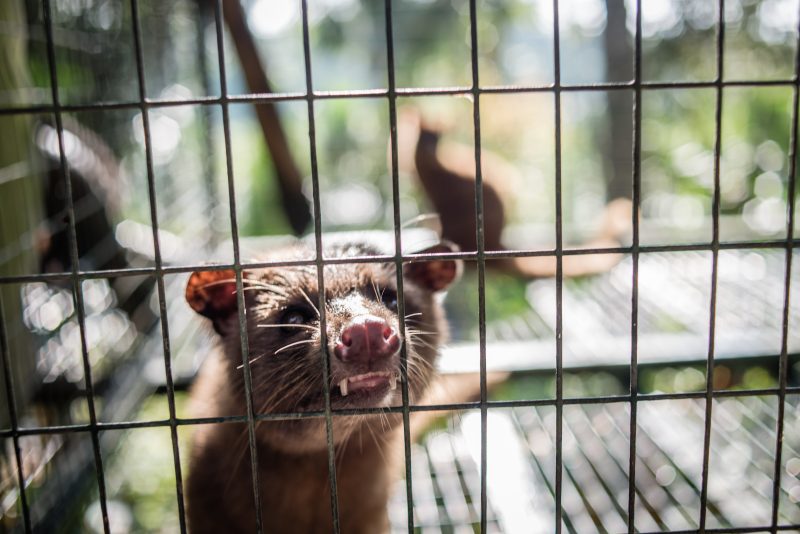
But the civets weren’t the original hosts of the disease.
Researchers figured out that SARS originally came from a population of bats in China’s Yunnan province.
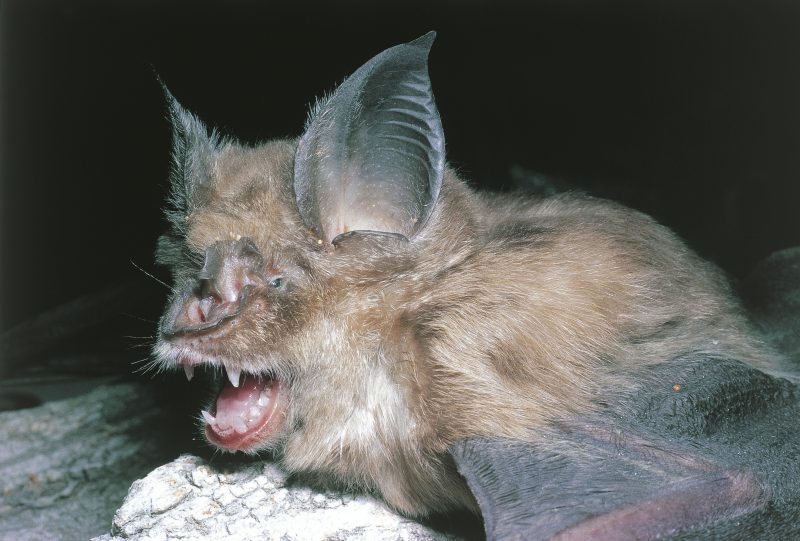
“Coronaviruses like SARS circulate in bats, and every so often they get introduced into the human population,” Vincent Munster, a virologist at the Rocky Mountain Laboratories, told Business Insider.
Bats can pass along viruses in their poop: If they drop feces onto a piece of fruit that a civet then eats, the civet can become a disease carrier.
Experts haven’t yet confirmed the animal species that enabled the Wuhan coronavirus to spread to people.
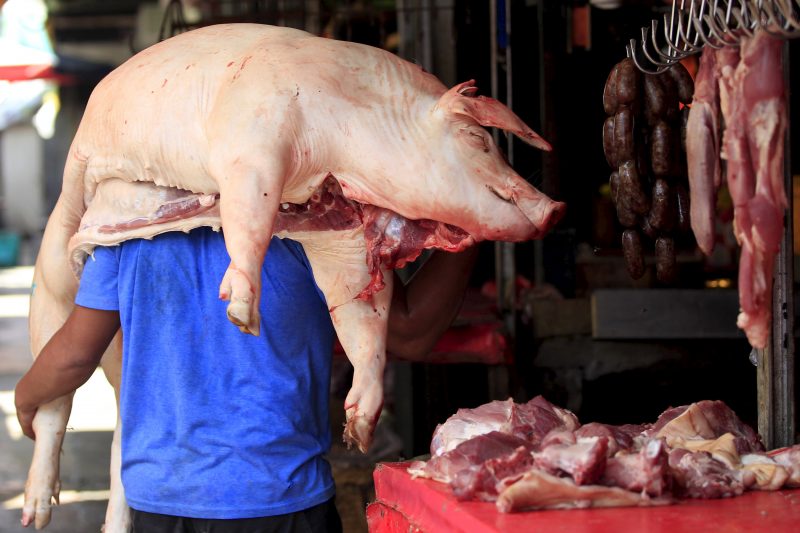
“There’s an indication that it’s a bat virus, spread in association with wet markets,” Munster said.
But according to a group of scientists who edit the Journal of Medical Virology, the culprit in this case could be the Chinese cobra.
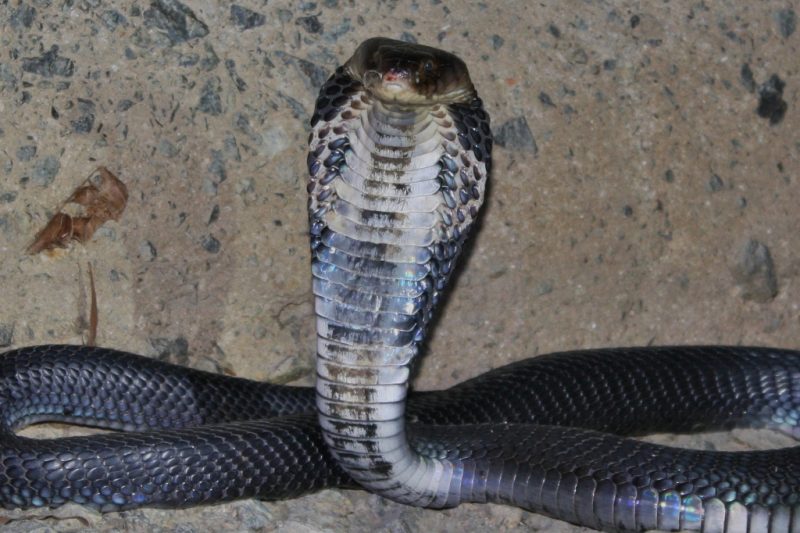
Scientists in China have figured out the genetic code of the Wuhan coronavirus. When researchers compared it with other coronaviruses, they found it to be most similar to two bat coronavirus samples from China.
But further analysis showed that the genetic building blocks of the Wuhan coronavirus more closely resembled that of snakes. According to the researchers, the only way to be sure of where the virus came from is to take DNA samples from animals sold at the Huanan market and from wild snakes and bats in the area.
The H7N9 and H5N9 bird flus — also zoonotic viruses — were likely transmitted to humans in wet markets, too.
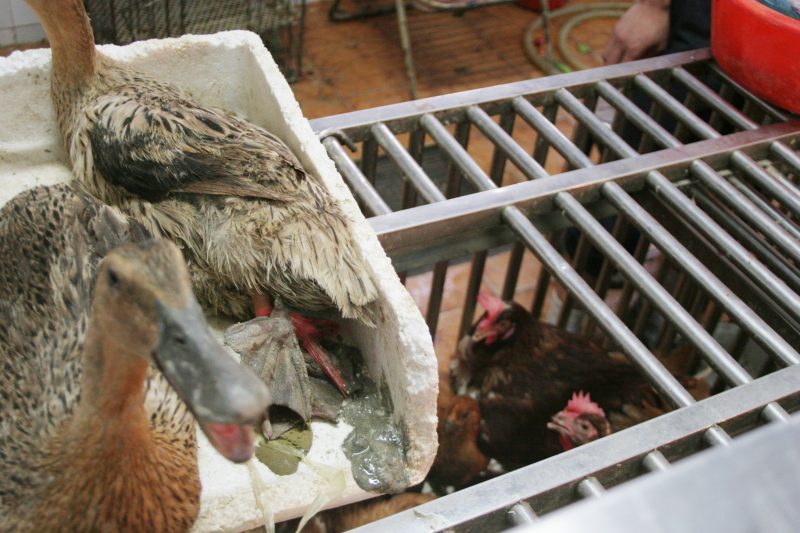
According to the World Health Organization, people caught those bird flus via direct contact with infected poultry in China. The diseases killed 1,000 people globally.
Bats and birds are considered reservoir species for viruses with pandemic potential, according to Bart Haagmans, a virologist at the Erasmus Medical Center in Rotterdam, Netherlands.
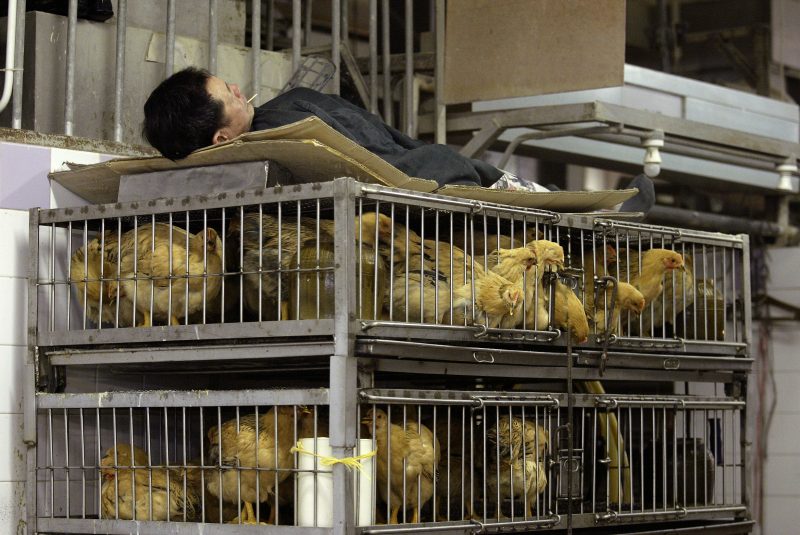
“Because these viruses have not been circulating in humans before, specific immunity to these viruses is absent in humans,” Haagmans told Business Insider.
“There have been plenty of eminent epidemiologists predicting ‘pandemic X’ for a number of years now,” Adrian Hyzler, the chief medical officer at Healix International, told Business Insider.

These pandemics “are more likely to originate in the Far East because of the close contact with live animals [and] the density of the population,” Hyzler added. His firm offers risk-management solutions for global travelers.
The Wuhan coronavirus outbreak isn’t considered a pandemic, however.

Since December 31, more than 9,800 cases of the Wuhan coronavirus have been reported across 23 countries, including the US. Symptoms include sore throats, headaches, and fevers, as well as pneumonialike breathing difficulties.
Haagmans said one of the challenges in containing this outbreak was that a substantial portion of infected people show only mild symptoms.
These people “may go unnoticed in tracing the virus and fuel the outbreak,” he said. “It seems that this actually may be the case now.”
Aria Bendix contributed reporting to this story.
- Read more about the Wuhan virus:
- Everything we know about the deadly Wuhan virus sweeping across China
- Health experts issued an ominous warning about a coronavirus pandemic 3 months ago. The virus in that simulation could kill 65 million people.
- Wuhan, China, and at least 15 other cities have been quarantined as China attempts to halt the spread of the coronavirus. That’s about 50 million people on lockdown.
- The Wuhan coronavirus has spread to at least 20 countries. Here’s how to protect yourself while traveling.
- Experts think the Wuhan coronavirus jumped from bats to snakes to people. Bats have been the source of at least 4 pandemics.